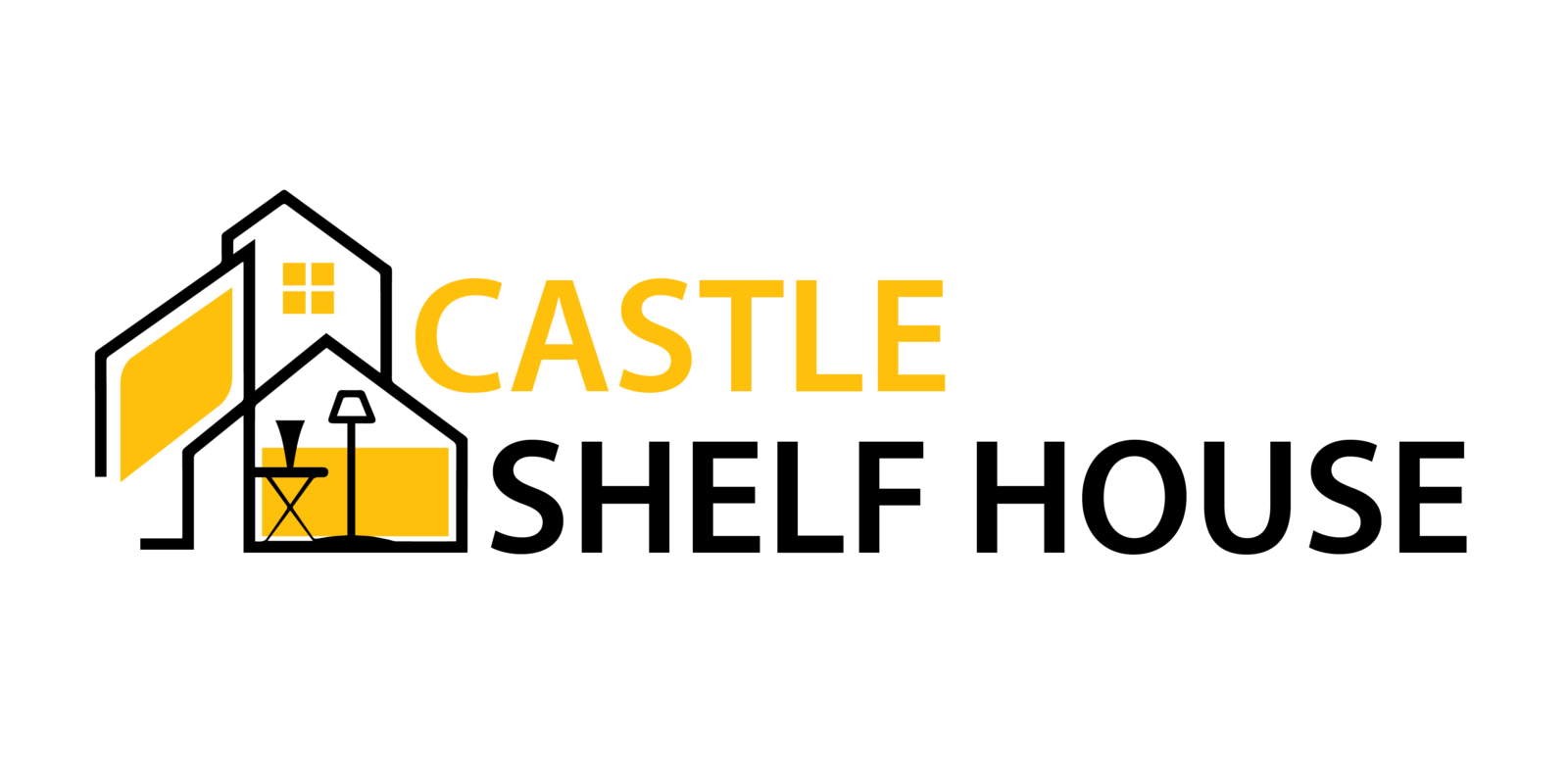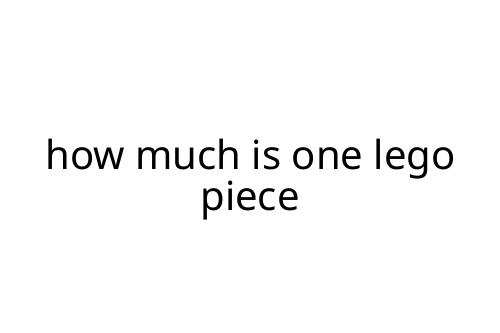how much is one lego piece
The question “how much is one Lego piece?” comes up often, especially for parents, collectors, and hobbyists trying to gauge the true value of their Lego experience. The answer isn’t as straightforward as picking an item off a menu. Still, let’s break down the core factors that affect the price of a single Lego brick and see what you can actually expect when buying or reselling Lego pieces.
The Average Cost Per Lego Piece
On average, the price of one basic Lego piece hovers between 10 and 15 cents when bought as part of a new set. This is a commonly cited rule among Lego fans and is a useful benchmark. For example, a 500-piece set priced at $60 puts each piece at about 12 cents.
However, “how much is one Lego piece” by itself depends on many variables. Just as with anything collectible or practical, rarity, desirability, and even color can push prices up or down.
Factors That Affect Lego Piece Prices
1. Type and Size
- Basic bricks (like the standard 2×4) are usually on the lower end of the scale.
- Specialized pieces (wheels, hinges, minifigure accessories) can cost more—sometimes over $1 each if sold individually.
2. Purchased in Bulk vs. Individually
- Third-party marketplaces and Lego’s own Pick-A-Brick service let you buy single pieces.
- Common parts often cost between $0.10 and $0.35 per brick.
- Rarer or discontinued pieces easily go for $1–$5 or more.
3. Supply and Demand
- Darker colors, unusual molds, and out-of-production pieces fetch higher prices.
- Limited-edition minifigure elements can be especially pricey.
4. Condition
- New pieces (fresh from Lego) are worth a premium.
- Used bricks? Prices drop, unless the part is rare or in perfect condition.
Where to Buy Single Lego Pieces
- Lego Pick-A-Brick: Lego’s official online store lets you buy select pieces individually, usually from $0.09 and up.
- BrickLink and Brick Owl: These third-party sites are popular for both new and used bricks, covering nearly every piece Lego has ever made.
- Locally: Check hobby shops, garage sales, or local trading groups for bulk deals and unique finds.
Practical Tips on Buying Lego Pieces
- If you need many of one piece (like for large builds), buying used lots can sharply cut the cost per brick.
- For collectors completing a set or seeking exotic parts, expect to pay more per piece.
- For kids or bulk builders, large mixed bins are the most cost-effective and fun, even if you get some oddities in the mix.
Pros and Cons of Buying Individual Lego Pieces
Pros
- Customization: Get exactly what you need for a specific build or repair.
- No leftovers: Avoids the extras that come with buying whole sets.
- Sourcing rare parts: Great for collectors and serious hobbyists.
Cons
- Cost: Often higher per piece than buying whole sets.
- Limited selection: Some new pieces might not be available individually yet.
- Shipping and minimum order fees can add up on third-party sites.
Bottom Line
How much is one Lego piece? The “average” is about 10 to 15 cents, but you could easily pay more (or less) depending on piece type, rarity, and where you shop. For most builders, sticking to bulk buys is most economical. But if you want something specific (or unique), expect to pay a premium for that little plastic brick.


 Betsylie Sheetsin – Home Renovation Expert
Betsylie Sheetsin serves as the Home Renovation Expert at Castle Shelf House, specializing in giving practical advice for both small and large-scale home improvements. With years of experience in construction and renovation, Betsylie understands the importance of blending durability with design. Her insights into home renovation projects, along with expert advice on the latest materials and techniques, empower homeowners to tackle even the most ambitious projects confidently.
Betsylie Sheetsin – Home Renovation Expert
Betsylie Sheetsin serves as the Home Renovation Expert at Castle Shelf House, specializing in giving practical advice for both small and large-scale home improvements. With years of experience in construction and renovation, Betsylie understands the importance of blending durability with design. Her insights into home renovation projects, along with expert advice on the latest materials and techniques, empower homeowners to tackle even the most ambitious projects confidently.
